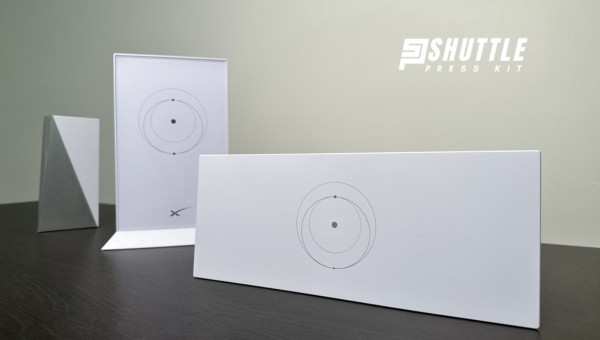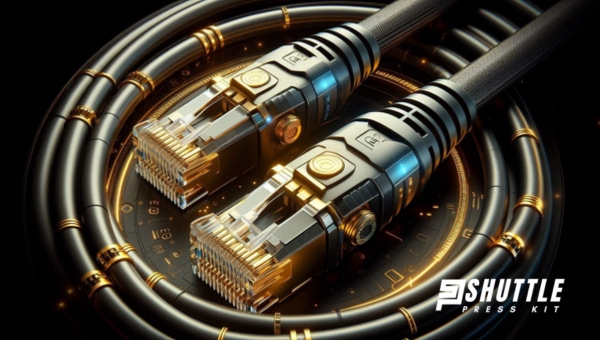In this Starlink Router Review, I share my experience with one of the most talked-about internet solutions today. If you’re like me and fed up with slow internet speeds, then you need to read this.
Have you ever felt frustrated when your video calls lag or when streaming becomes impossible? Stay tuned as I reveal how the Starlink router has changed my online experience. This could be the answer you’ve been waiting for!
| Feature | Starlink Router Gen 1 | Starlink Router Gen 2 |
|---|---|---|
| Wireless Standard | Wi-Fi 5 (802.11ac) | Wi-Fi 5 (802.11ac) |
| Aggregated Speed | Unknown | Unknown |
| Frequency Band | Dual-Band | Dual-Band |
| Maximum WiFi Coverage | Up to 2,000 Sq Ft | Up to 2,000 Sq Ft |
| Maximum Device Capacity | Up to 128 | Up to 128 |
| Ethernet Ports | 1 x Gigabit LAN | None |
| Suitable Internet Plan | 500 Mbps | 500 Mbps |
| App Support | Yes | Yes |
| QoS prioritization | No | No |
| MIMO | Yes, 2 x 2 MU-MIMO | Yes, 3 x3 MUMIMO |
Also Read:Low Capacity vs High Capacity Starlink: Optimize Your Choices
Starlink Router Types
Starlink’s advancement in satellite internet technology has been complemented by the introduction of two distinct types of routers, designed to optimize the connectivity experience.

These routers serve as the gateway between Starlink’s global satellite network and the user’s devices, providing fast and reliable internet service. The two models include Generation 1 (Gen 1) and Generation 2 (Gen 2) routers, each with unique specifications tailored to meet diverse user needs.
In breaking down these router types further, here are the key distinctions:
- Generation 1 (Gen 1) Router: Introduced in 2019, it features a Qualcomm IPQ4018 SoC processor and operates on Wi-Fi 5 technology. This model supports dual-band frequencies (2.4GHz and 5GHz), offers a Wi-Fi range of up to 2000 square feet, can simultaneously accommodate up to 128 devices, and includes one Gigabit Ethernet LAN port for wired connections.
- Generation 2 (Gen 2) Router: Launched in late 2021, this version is powered by a MediaTek MT7629 SoC processor and also runs on Wi-Fi 5 technology. It maintains support for dual-band frequencies but boasts an upgraded MU-MIMO configuration for improved network performance, illustrating Starlink’s commitment to enhancing user connectivity experience over time.
WiFi Coverage & Devices Capacity
Both Generation 1 (Gen 1) and Generation 2 (Gen 2) Starlink routers offer extensive coverage suited for mid-sized environments with a notable reach up to a certain limit without losing signal strength.

However, advancements in technology have enhanced device support capacity in newer models, showcasing a direct impact on network efficiency and user experience across multifaceted digital activities.
- Coverage Similarity: Both Gen 1 and Gen 2 routers maintain comparable coverage areas, potentially filling up spaces as large as medium-sized apartments or workspaces without significant signal drop-off.
- Enhanced Device Support: Transitioning from Gen 1 to Gen 2 reveals an improvement in how many devices can be simultaneously supported due to advanced MIMO technology—3 x 3 in Gen 2 compared to the older model’s 2 x 2. This upgrade mitigates network congestion by enabling more data streams for communication.
These elements underscore the evolution of router capabilities over time, reflecting direct benefits in terms of broader area serviceability and augmented capacity for connected devices without sacrificing performance quality.
Design & Wired Connectivity
The transition from Starlink’s first-generation satellite dish to its second generation brings notable changes in design and wired connectivity options. The Gen 2 model adopts a more compact, square shape compared to the circular silhouette of its predecessor, making it not only less obtrusive but also lighter and potentially easier to install in various settings.

While materials remain high-quality, incorporating aluminum and plastic for durability, the remodel significantly affects how users interact with the device on a physical level.
One major shift is in how these generations approach wired connectivity. The original version featured a built-in Ethernet port that facilitated direct, high-speed connections conducive to activities demanding robust internet performance like gaming or heavy downloading.
However, Gen 2’s design omits this port directly on the device itself, nudging users towards wireless setups or necessitating an additional purchase of an Ethernet adapter for those committed to wired connections.
Features of Starlink Router
The Starlink Router is part of SpaceX’s innovative satellite internet service, designed to provide high-speed internet access across the globe. This router is integral to connecting users to the Starlink satellite constellation, facilitating seamless internet connectivity in remote and underserved locations. Below are key features that distinguish the Starlink Router:
- Seamless Connectivity: The router is engineered for easy setup and use, ensuring users can quickly establish a stable connection to the Starlink satellites orbiting Earth.
- Built-in Antenna: Incorporates advanced technology with its built-in antenna design, optimized for receiving low-latency, high-speed internet signals from space.
- Wi-Fi Coverage: Offers extensive Wi-Fi coverage capable of supporting multiple devices simultaneously throughout your home or office space.
- Compatibility: Designed to work seamlessly with the Starlink app, allowing users to manage their network settings, check signal strength, and troubleshoot connectivity issues directly from their smartphones.
- Weather Resistance: The router and connected dish are built to withstand a variety of weather conditions—from extreme heat to heavy snowfall—ensuring reliable service no matter the environment.
Through these features, the Starlink Router stands out as a crucial component in delivering SpaceX’s promise of high-speed internet connectivity worldwide, especially in locations traditionally underserved by existing broadband services.
Also Read: Starlink Roam Review – Everything You’re Curious About
Pros & Cons
| Pros | Cons |
|---|---|
| High-speed internet access in remote areas | Relatively high initial setup cost |
| Low latency suitable for gaming and video calls | Easy to install with a user-friendly interface |
| Easy to install with user-friendly interface | Coverage can be inconsistent depending on the location |
| Continuous improvements and updates from SpaceX | Weather can significantly impact connectivity |
| Supports a wide range of devices simultaneously | Limited advanced features for professional networking needs |
Also Read: Starlink vs HughesNet: Which Wins the Satellite Battle?
FAQs
What is unique about the Starlink router?
The Starlink router is uniquely designed to integrate seamlessly with the Starlink satellite internet service, which provides high-speed internet access even in remote and rural areas that traditional ISPs often do not service.
How far can a single Starlink router cover?
A single Starlink router can provide WiFi coverage up to 2,000 square feet, which makes it suitable for medium to large-sized homes or offices looking to maintain strong connectivity throughout the property.
Are there any negative aspects to be aware of while using this product?
Users should consider potential challenges such as weather-related disruptions and initial costs. The satellite dependency means that severe weather could impact connectivity, and the equipment cost is higher compared to standard routers.
Is it possible to connect multiple devices simultaneously without compromising speed?
Yes, the Starlink router supports connection of up to 128 devices simultaneously thanks in part to its advanced MIMO technology that maintains stable connection speeds despite numerous connected devices.
How does its performance compare with other popular routers in the market?
Compared with other high-end consumer routers, the Starlink router offers competitive speeds and reliability tailored specifically for its satellite service, but might lack some advanced features like higher frequency bands found in other leading models.
Conclusion
The Starlink Router offers a promising solution in today’s fast-paced internet era. With its robust design and impressive specifications, it is designed to enhance the user experience by ensuring high-speed internet across a significant range. The advanced technology used in both Gen 1 and Gen 2 models showcases attention to increasing coverage
while handling multiple devices effortlessly. User reviews are generally positive, reflecting satisfaction with its performance and reliability, even under various connectivity demands. Whether for home or small office use, the Starlink Router stands as a competitive option worth considering amidst an array of market choices.
